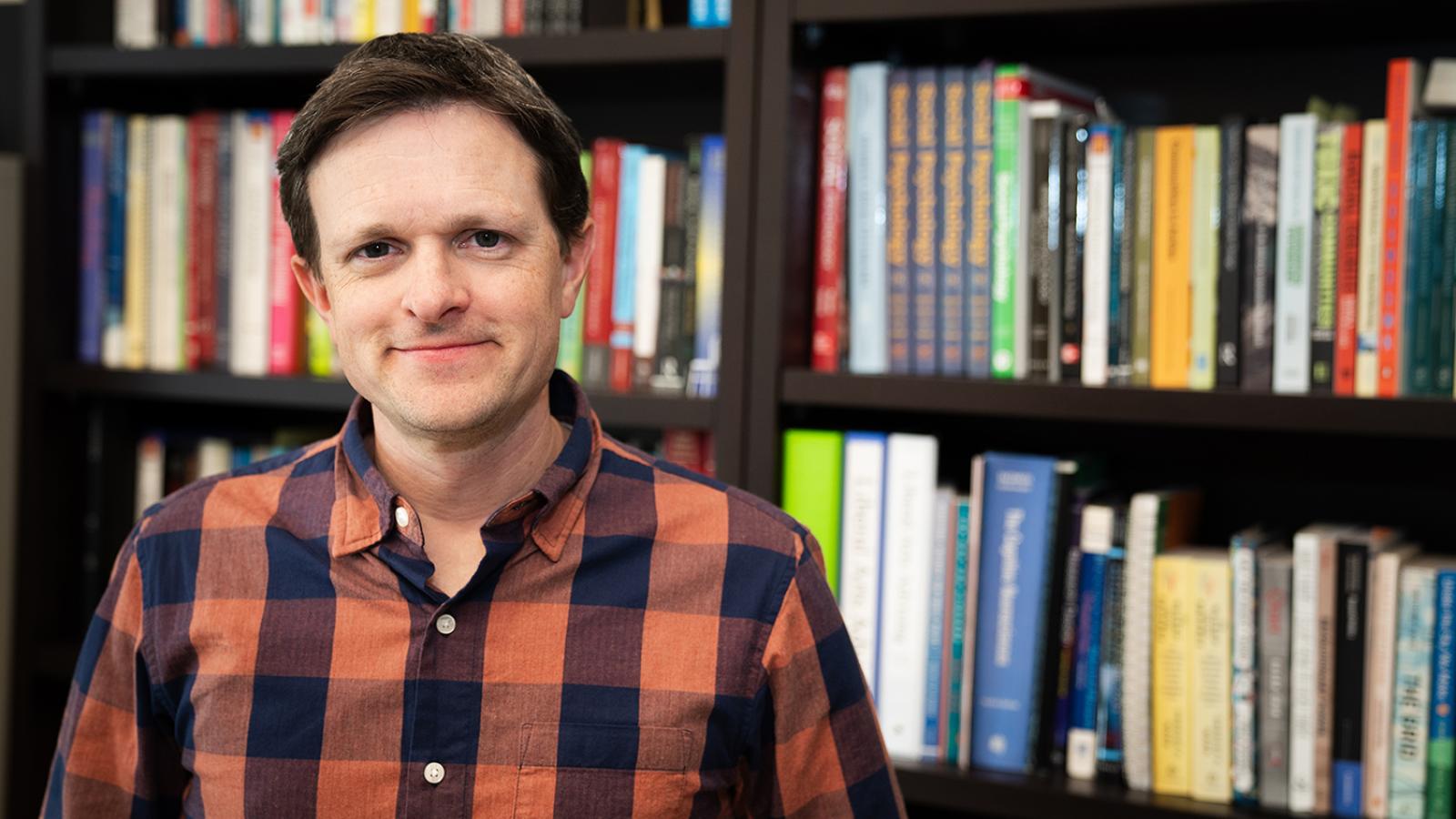How effective are different messaging styles aimed at boosting climate awareness and action? Is a “doom and gloom” approach best? What about emphasizing scientific consensus on climate change? Or considering the consequences of climate change in one’s region?
Associate Professor of Psychological Science Adam Pearson was recently part of a global team of 250 behavioral scientists who tested a set of strategies on over 59,000 participants in 63 countries—the largest experiment ever conducted on climate change behavior.
The main findings of the experiment were published in Science Advances earlier this month.
“Scientists, journalists, and advocacy groups often emphasize different facets of the problem–the dangers of climate change, its outsized effects on young people, the overwhelming scientific consensus that it’s human caused. But what works on a global scale? What motivates people around the world to address a global problem like climate change? We don’t actually have an answer to that question,” Pearson says.
“To understand what mobilizes people to address a problem like climate change,” he says, “we really need to move beyond the United States and beyond Western, educated, industrialized, rich and democratic societies.”
The team tested the effects of 11 messages designed to boost people’s climate beliefs and behavior, and the results included many surprises, says Pearson.
Past research has looked at only one or two interventions in isolation, and typically within just one nation–often the United States. This study tested the most promising interventions all at once, and in over 60 different countries, allowing researchers to see what works and for whom.
Some surprising results
The most effective strategy globally was imagining writing a letter to a child one knows today who would receive the letter 25 years later, explaining one’s climate actions today. Similarly effective was imagining oneself in the future writing a letter to one’s current self, asking questions about what actions one took or what one was thinking at the time.
“These messages shrink the timescale of climate change. They remind us that our actions today matter and will impact people we know, in our families and communities,” Pearson says.
“Doom and gloom” messaging, however, decreased people’s pro-environmental behavior. These stories were highly effective in getting people to share information about climate change on social media but backfired for climate skeptics, reducing their support for a range of climate policies.
Perhaps one of the biggest takeaways from the study, not unexpectedly, is that different people respond differently to various climate messages, with responses varying across countries.
To share their findings, the research team created an open-access Webapp, which allows users to see the effects of the strategies along dimensions such as nationality, income level, political ideology, education and gender.
The hope is that tools like these can help practitioners tailor climate messages for different audiences. Pearson also hopes the study will spark additional research and serve as a baseline and starting point for other scholars.
Climate change a problem of two climates
Pearson’s scholarly background is in the study of group dynamics as well as the psychology of inequality. About 10 years ago, he became interested in the social psychological research around climate change. “There’s a growing understanding that human behavior is at the root of this problem,” he says.
“We’ve been increasingly thinking about climate changes not as a problem of one climate but two climates: our physical climate and the social climate of any given area,” Pearson says. “We need to understand how those climates intersect. That’s where behavioral science comes into the equation.”
Pearson was involved in shaping the study in the planning stages as well as drafting the report manuscript. He was especially drawn to the project as a “mega study”—a new class of research projects comparing the effects of many different interventions all at once—as well as a “many labs study” that brought together different research labs in a team approach.
“It’s a big collective action problem,” Pearson says, adding, “and that requires coordination, including among researchers.”
